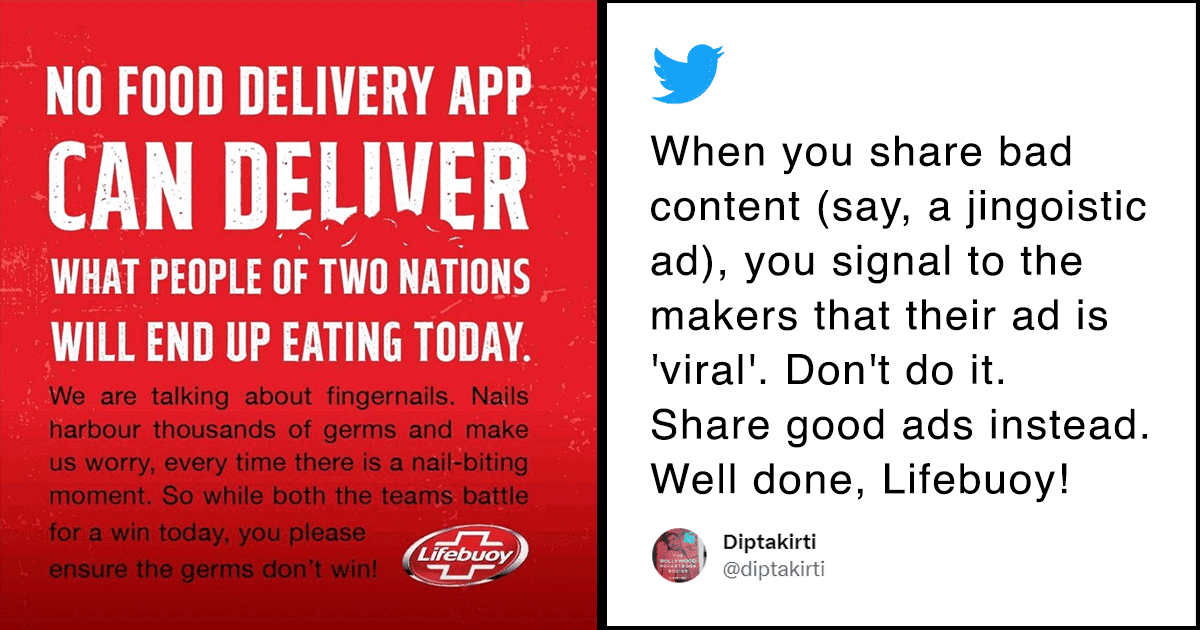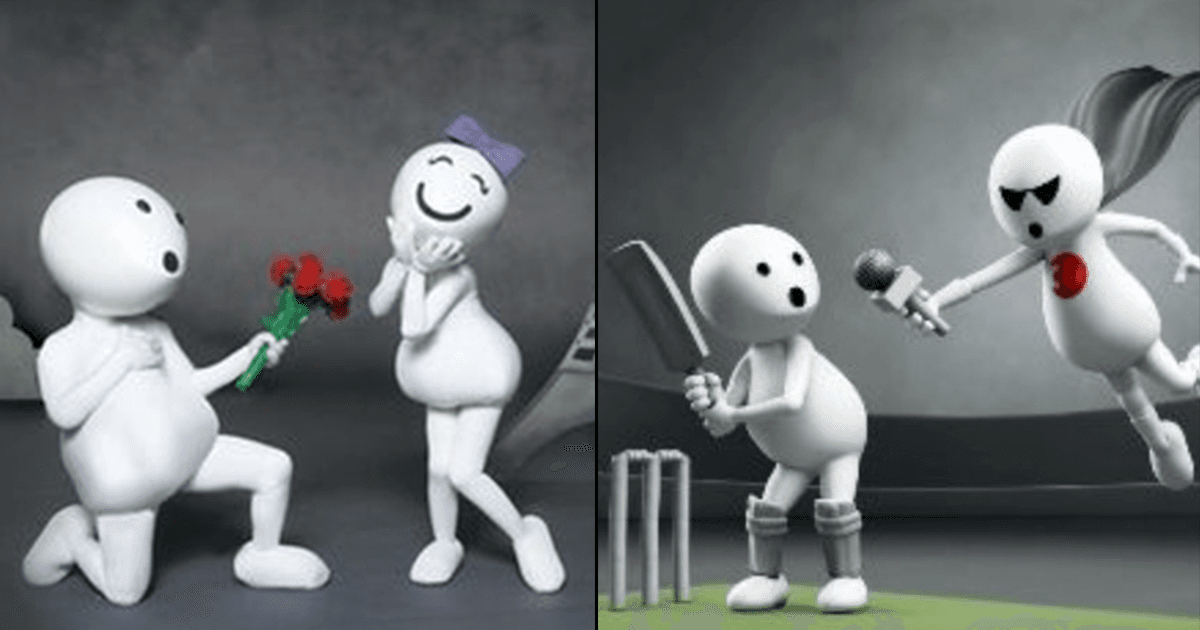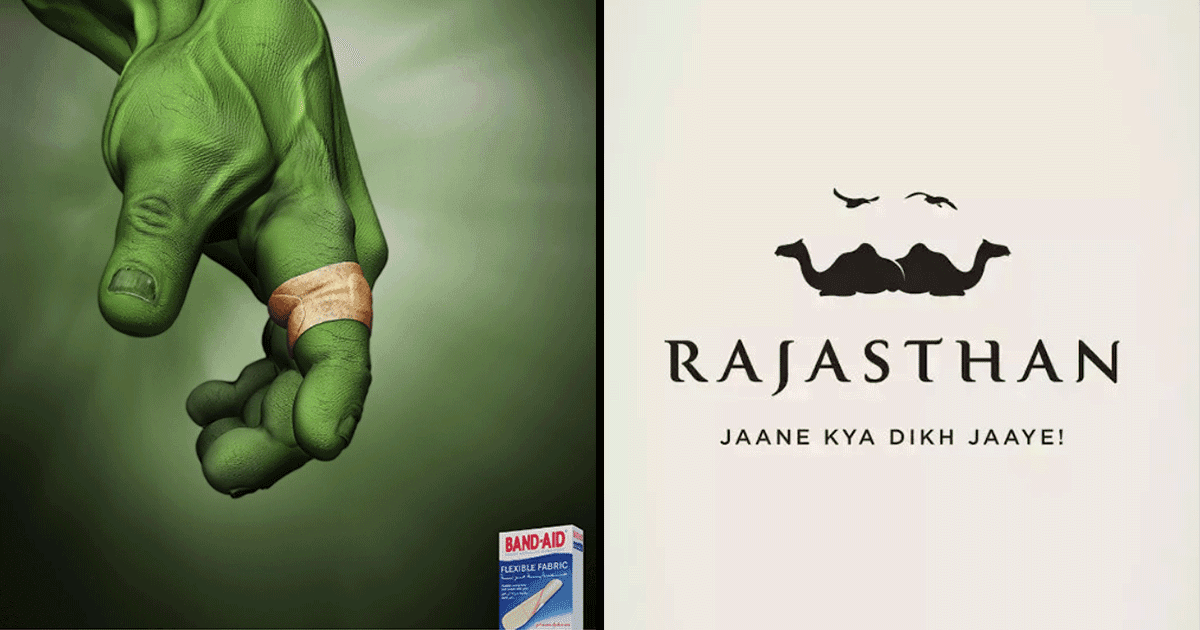Marketing teams across the world have created some of the most creative and genius ad campaigns recently. However, sometimes, the execution of some seemingly good ideas is often…faulty. How a campaign is executed and perceived heavily impacts the brand image.
“Inclusivity” is a marketing buzzword to gain attraction on social media, while chasing virality and trending moments. In pursuit of being “unique”, marketers often forget the target audience and overall message of their campaign.
Here are five times brands tried being inclusive but missed the mark-
1. Apple’s racist emojis
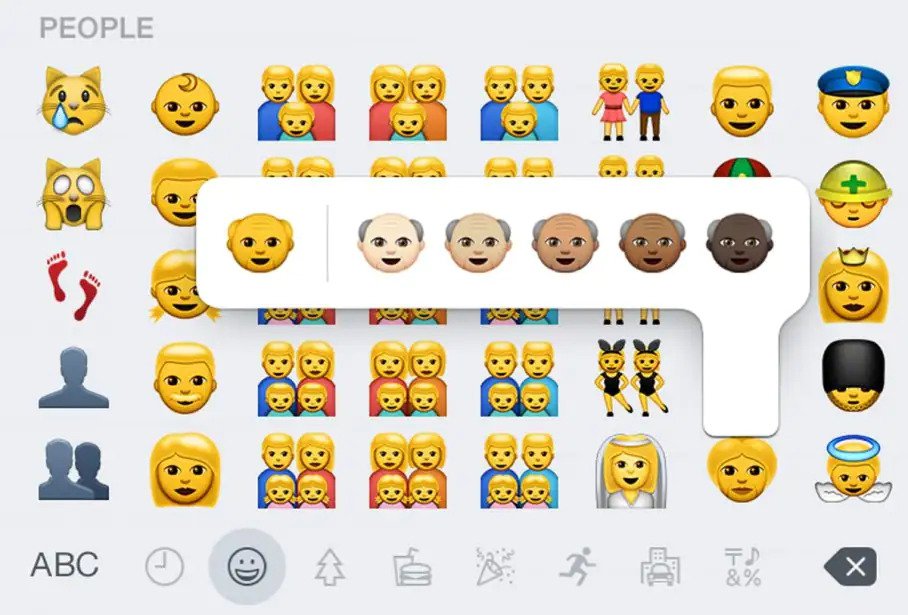
In 2015, Apple released racially diverse emojis that gained them accolades. However, Asian crowds criticised the tech giant for the yellow skin coloured face, accusing them of promoting racist Chinese stereotypes.
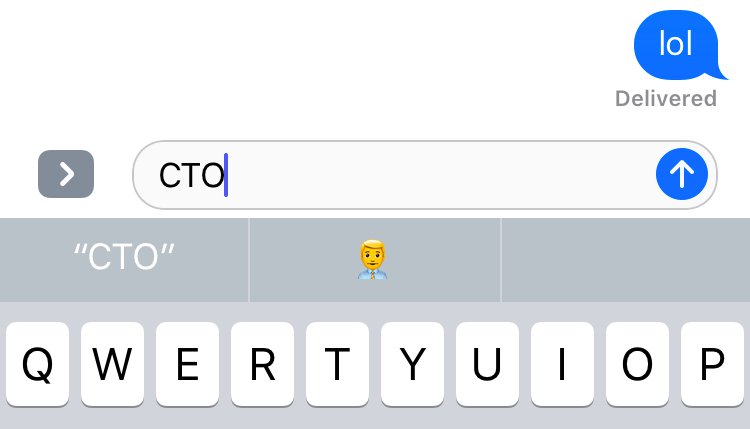
In 2017, Apple’s predictive text feature, which suggests emojis too, was criticized for generating all-male emojis for terms like “CEO” and “CTO.”
In 2021, Apple added an emoji search bar to iMessage that lets users sift through emojis by typing key terms.

However, with country terms, Apple’s emoji keyboard sometimes reinforce Western stereotypes. The term “Europe,” for example, frequently displays emoji suggestions for a globe, the EU flag, the euro currency, a European post office building, a football and a castle. The terms “Africa” and “African”, meanwhile, often only return a globe, two flags, and the hut emoji.
2. Pepsi Police Brutality Ad
In 2017, Pepsi released a controversial ad starring supermodel Kendall Jenner. The ad borrowed imagery from the Black Lives Matter movement, accused of trivialising widespread protests against racial profiling and murder of black people by the police. It showed attractive young people holding signs with nonspecific pleas like “Join the conversation.”
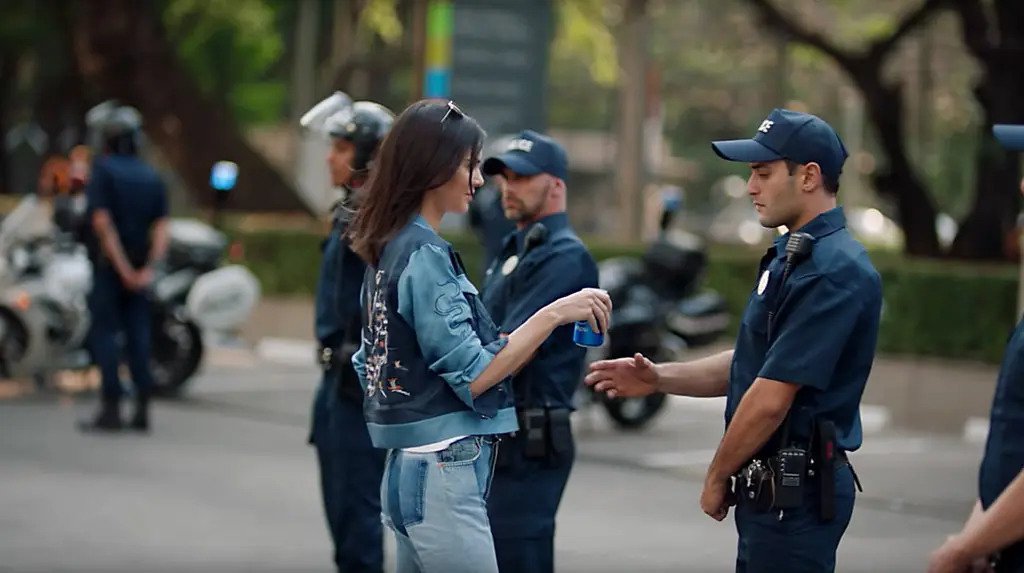
The protesters are uniformly smiling, laughing, clapping, hugging and high-fiving. In the ad’s climactic scene, a police officer accepts a can of Pepsi from Kendall Jenner, a white woman, setting off grins and approval from the protesters and police.
3. Vogue- ‘My Choice’
The film #MyChoice, has been seen more than 6 million times since its release on YouTube. The video stars 99 women including the likes of director Adhuna Akhtar, Bollywood critic Anupama Chopra, model/lawyer Scherezade Shroff, actor Nimrat Kaur and other women who have made a difference in their respective careers.
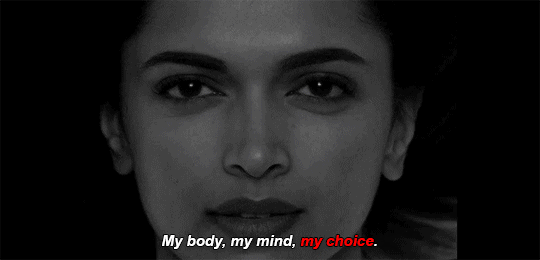
The film tried to promote women’s empowerment but missed the mark. Vogue was accused of monetizing insecurities and looking at gendered violence through an elitist and privileged perspective, not perceiving the real issues of women who belong to economically weaker section of society. It also seemingly justified infidelity as a feminist move and adhered to a gender binary.
4. Fem Karwachauth Ad
Last year, Dabur released a Karwachauth ad for their product Fem Creme bleach, starring a same-sex female couple celebrating the tradition for each other. It prompted mixed reactions on social media.
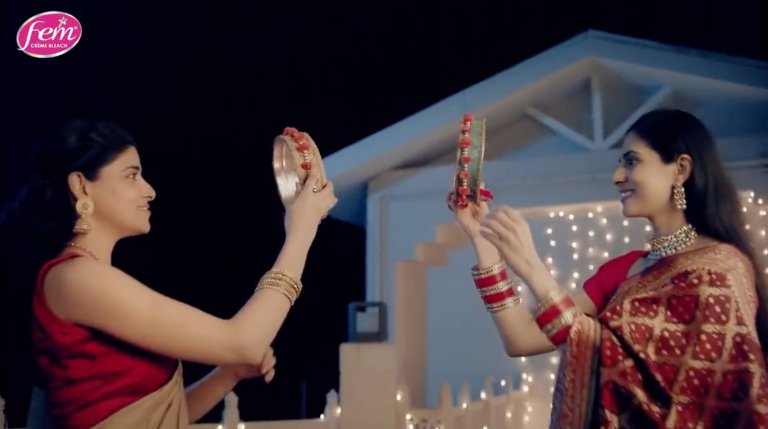
The ad was criticised by traditional Hindu groups for “tainting” Hindu festivals. However, the target audience of LGBTQIA+ people did not agree with it either. Audiences criticised it for glamorising patriarchal and casteist practises like Karwachauth, promoting colourism and beauty standards with bleach products, tokenism and accepting queerness only when it adheres to traditions. Meanwhile, same-sex couples do not have legal marital rights in India.
5. Burger King’s Tweet On Women’s Day
On the occasion of Women’s Day, UK Burger King tweeted “Women belong in the kitchen”.
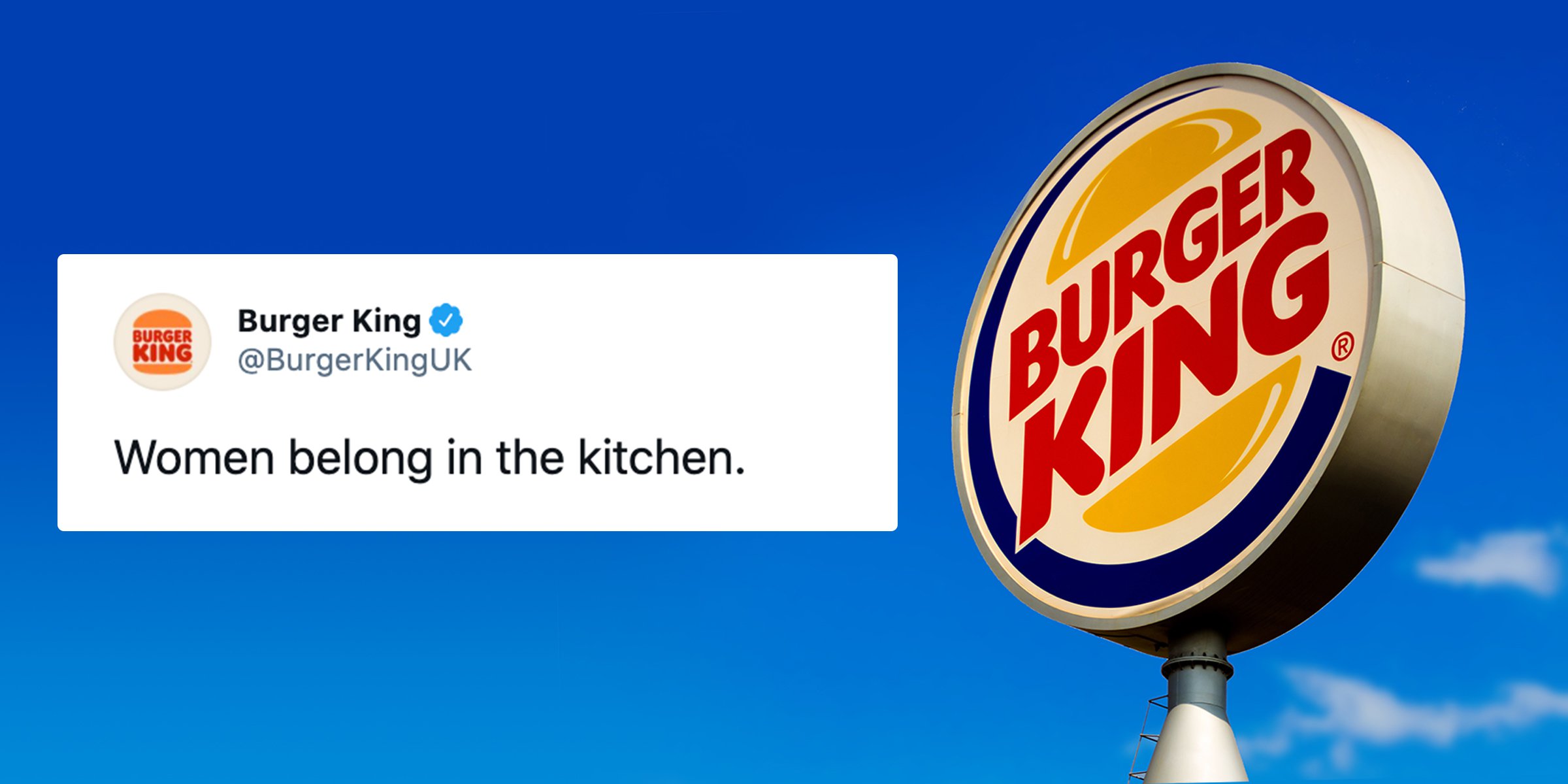
The intention was to draw the attention of users. Then they’d click on the thread, only to discover that it was actually attempting to debunk the stereotype. After massive backlash, the company deleted the tweet and posted the following apology:
We hear you. We got our initial tweet wrong and we’re sorry. Our aim was to draw attention to the fact that only 20% of professional chefs in UK kitchens are women and to help change that by awarding culinary scholarships. We will do better next time.
— Burger King (@BurgerKingUK) March 8, 2021
Why, Burger King, why?
Minority groups are not tokens for brownie points, dear marketing teams.




